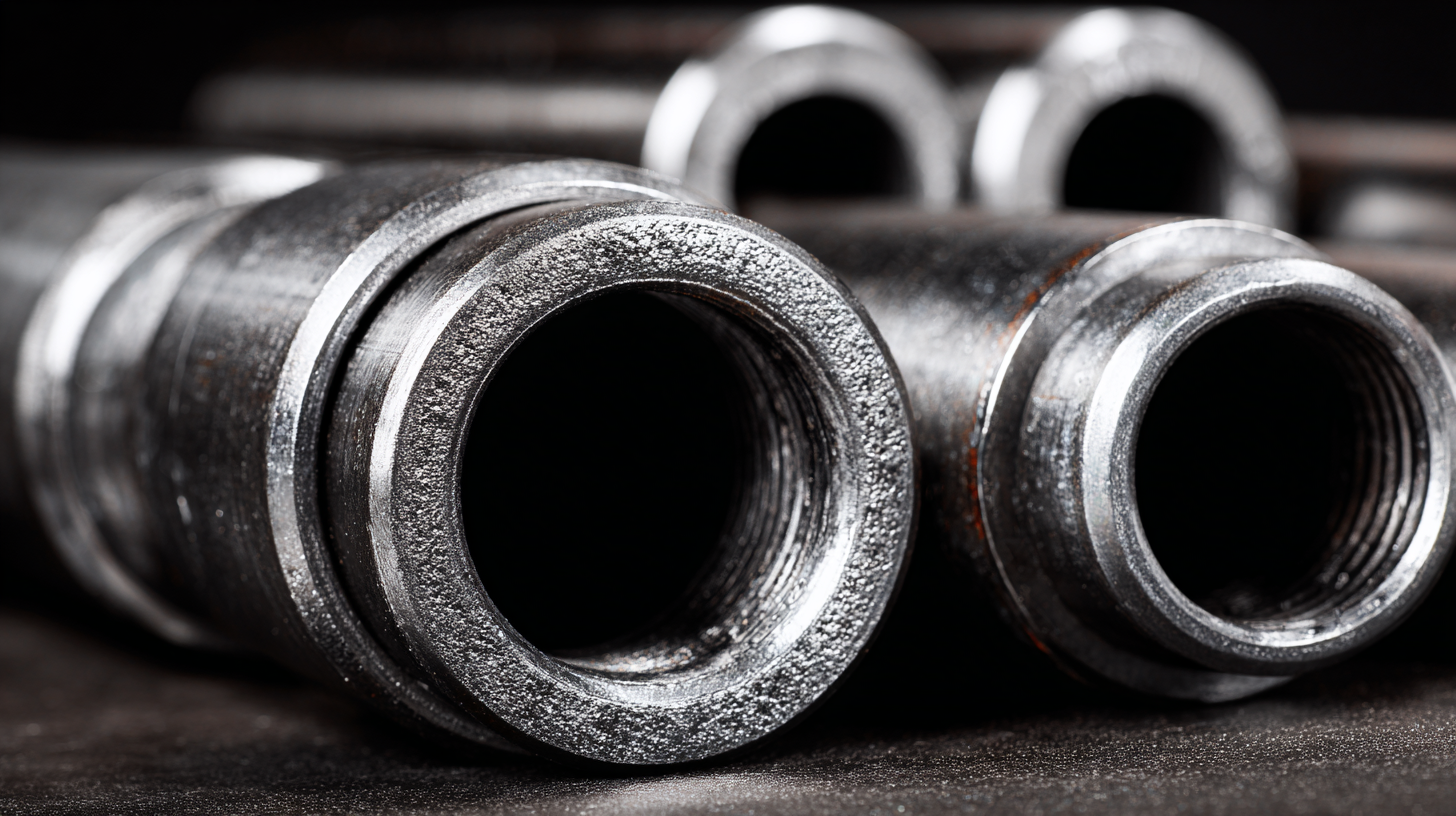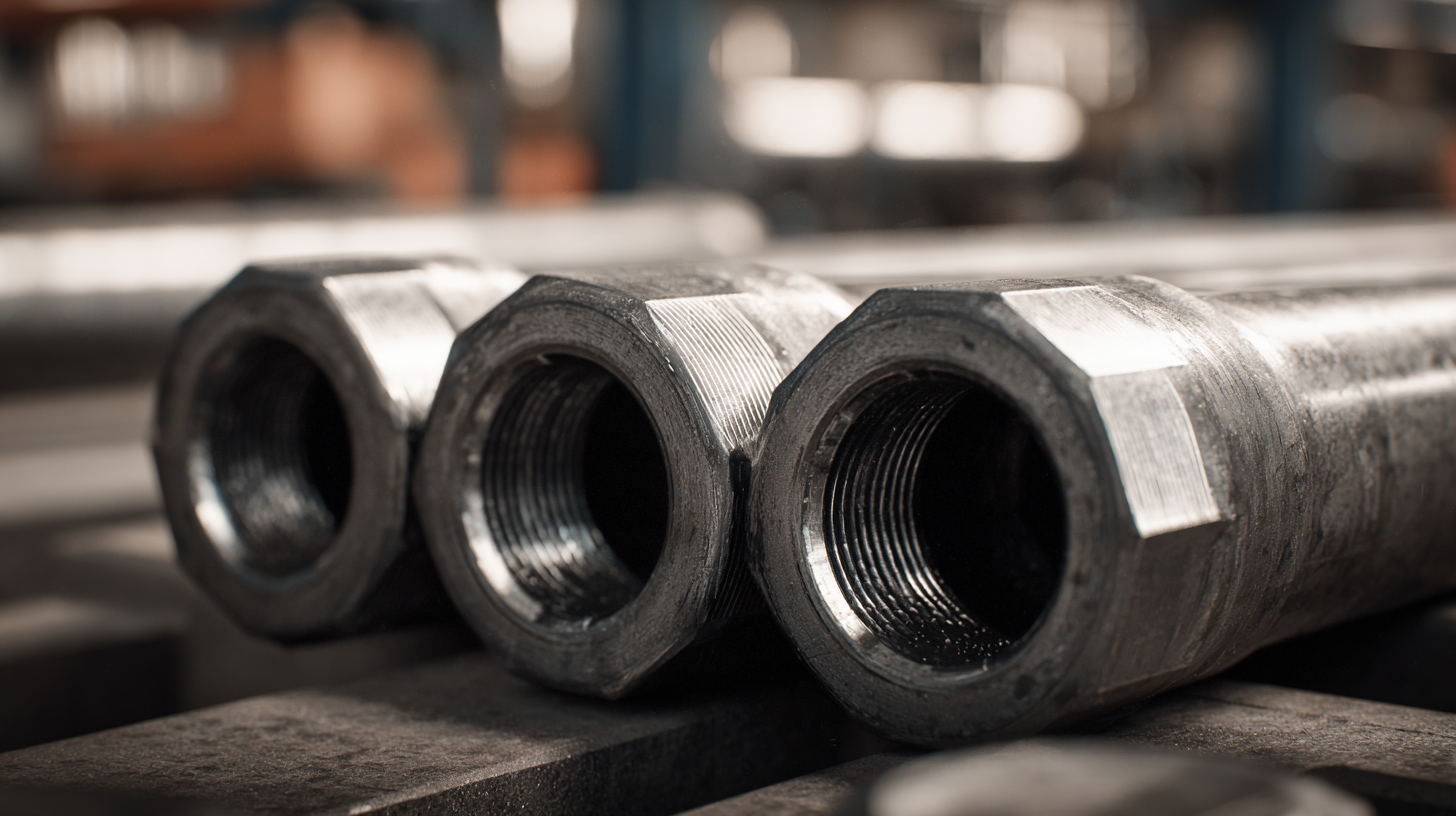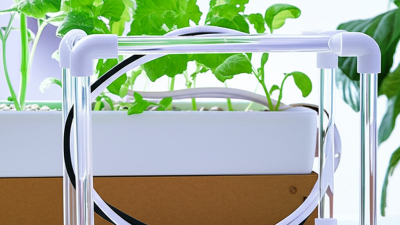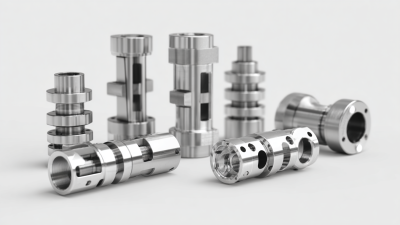In modern construction projects, the importance of steel pipe fittings cannot be overstated. These crucial components not only facilitate the effective transportation of fluids and gases but also contribute significantly to the overall integrity and durability of structural frameworks. According to a report by MarketsandMarkets, the global steel pipe fittings market is projected to reach USD 35.3 billion by 2026, growing at a CAGR of 5.5% from 2021. This growth is driven by the increasing demand for efficient and reliable piping systems in various industries, including water treatment, oil and gas, and construction. As urbanization accelerates and infrastructure demands rise, understanding the essential role of steel pipe fittings in ensuring seamless connectivity and functionality in piping systems is vital for any modern construction endeavor.

 Steel pipe fittings play a crucial role in infrastructure development, significantly contributing to the success of modern construction projects. As urbanization accelerates, the demand for reliable piping systems has surged, ensuring the efficient transportation of water, gas, and other essential utilities. This escalation in need drives market growth, with investments pouring into pipe manufacturing and installation to meet the rising demands of city expansions and infrastructure improvements.
Steel pipe fittings play a crucial role in infrastructure development, significantly contributing to the success of modern construction projects. As urbanization accelerates, the demand for reliable piping systems has surged, ensuring the efficient transportation of water, gas, and other essential utilities. This escalation in need drives market growth, with investments pouring into pipe manufacturing and installation to meet the rising demands of city expansions and infrastructure improvements.
Tips for selecting the right steel pipe fittings include assessing the application requirements, such as pressure ratings and temperature tolerances. It's important to choose fittings made from high-quality materials, as this ensures durability and longevity under various operational conditions. Additionally, consulting with experts in the field can provide valuable insights into the best fitting options for specific projects.
The robust growth of the global piping and fittings market is a testament to its significance in infrastructure development. Companies are investing heavily in innovative solutions to enhance the efficiency of their piping systems, thereby reinforcing the underlying importance of steel pipe fittings in modern construction endeavors. With the continuous evolution of urban landscapes, the future of infrastructure relies heavily on the effectiveness and reliability of these essential components.
In modern construction projects, steel pipe fittings play a crucial role in ensuring structural integrity and fluid management. Understanding the different types of steel pipe fittings is essential for engineers and construction managers. Common types include elbows, tees, caps, and couplings, each serving unique purposes. For example, elbows facilitate directional changes in piping systems, allowing for efficient routing, while tees enable branching of pipes to create multiple flow paths. According to a recent industry report by MarketsandMarkets, the global steel pipe fittings market is projected to reach $18 billion by 2026, highlighting the growing demand for these components in various construction applications.

Tips: When selecting steel pipe fittings for your project, consider the material compatibility and environmental conditions. Stainless steel fittings are ideal for corrosive environments, while carbon steel is often sufficient for general use. Additionally, always adhere to standard sizing to ensure the fittings integrate seamlessly with existing piping systems, as improper sizing can lead to leaks or system failures.
Furthermore, the manufacturing process of steel pipe fittings often determines their longevity and strength. Hot-finished fittings tend to exhibit superior performance under pressure compared to cold-finished varieties. According to the American Society for Testing and Materials (ASTM), fittings must meet specific standards such as ASTM A234 for wrought alloy fittings to ensure they withstand the rigors of construction and maintenance for years to come.
In modern construction, steel pipe fittings play a critical role in enhancing safety and durability. These fittings are designed to provide robust connections between various piping systems, ensuring that water, gas, and other essential materials are transported securely. Their ability to withstand high pressure and temperature fluctuations makes them indispensable in building infrastructure that can endure the test of time. The seamless integration of steel pipe fittings into construction projects helps prevent leaks and failures, significantly reducing the likelihood of hazardous situations.
**Tip:** When selecting steel pipe fittings for your projects, always ensure they are compliant with the relevant industry standards. This not only guarantees safety but also optimizes the lifespan of the plumbing systems in the long run.
Additionally, the corrosion resistance offered by many steel pipe fittings ensures that they maintain their structural integrity in challenging environments. This durability is especially important in regions where extreme weather can lead to rapid degradation of other materials. By incorporating these fittings, builders can enhance the overall resilience of their structures, contributing to the longevity and reliability of modern builds.
**Tip:** Regular maintenance and inspections of steel pipe fittings can help identify potential issues before they escalate. Adopting a proactive approach ensures safety and minimizes unexpected costs related to repairs or replacements.
| Dimension | Material Type | Application | Safety Features | Durability Rating |
|---|---|---|---|---|
| 2 inches | Carbon Steel | Plumbing | Corrosion Resistance | High |
| 3 inches | Stainless Steel | Industrial Piping | High Tensile Strength | Very High |
| 1.5 inches | Galvanized Steel | HVAC Systems | Fire Resistance | Moderate |
| 4 inches | Alloy Steel | Oil & Gas | Leak Prevention | Very High |
In modern construction projects, the economic benefits of using steel pipe fittings cannot be understated. With the global building and construction materials market projected to reach a staggering USD 3.90 trillion by 2034, steel pipe fittings play a crucial role in ensuring the efficiency and cost-effectiveness of various infrastructures. Their durability, flexibility, and resistance to corrosion make them an ideal choice for a wide range of applications, from plumbing to structural support.
Furthermore, recent news regarding the Goods and Services Tax (GST) rates on construction materials highlights the importance of cost management in the construction sector. With ongoing revisions to GST rates, construction companies face pressure to optimize their material choices. By utilizing steel pipe fittings, which offer both quality and resilience, construction projects not only cut down on maintenance costs but also benefit from potential tax efficiencies as market conditions evolve.
As the industry navigates challenges such as tariff impositions and project cancellations, the strategic use of steel pipe fittings emerges as a smart approach to maintain profitability and drive successful project outcomes.
In today's rapidly evolving construction landscape, steel pipe fittings are making remarkable contributions to sustainable architecture. These fittings are not only essential for functionality but also play a pivotal role in enhancing energy efficiency and reducing waste. According to the Global Steel Pipe Market report, the demand for high-quality steel pipes and fittings is expected to grow by 3.5% annually, reflecting a growing preference for sustainable building materials. Innovations such as corrosion-resistant coatings and modular fittings offer architects the flexibility to create energy-efficient systems that minimize resource consumption.
Tip: When selecting steel pipe fittings for sustainable projects, prioritize materials with environmentally friendly certifications to ensure reduced impact on the ecosystem.
Moreover, steel pipe fittings are being integrated into innovative designs that promote renewable energy use. For instance, piping systems designed for rainwater harvesting and greywater recycling not only conserve water but also reduce the overall carbon footprint of buildings. A study by the American Institute of Architects found that buildings utilizing advanced piping solutions can achieve up to a 30% reduction in energy costs.
Tip: Collaborate with suppliers who specialize in sustainable practices to access the latest technologies and materials in pipe fittings.





